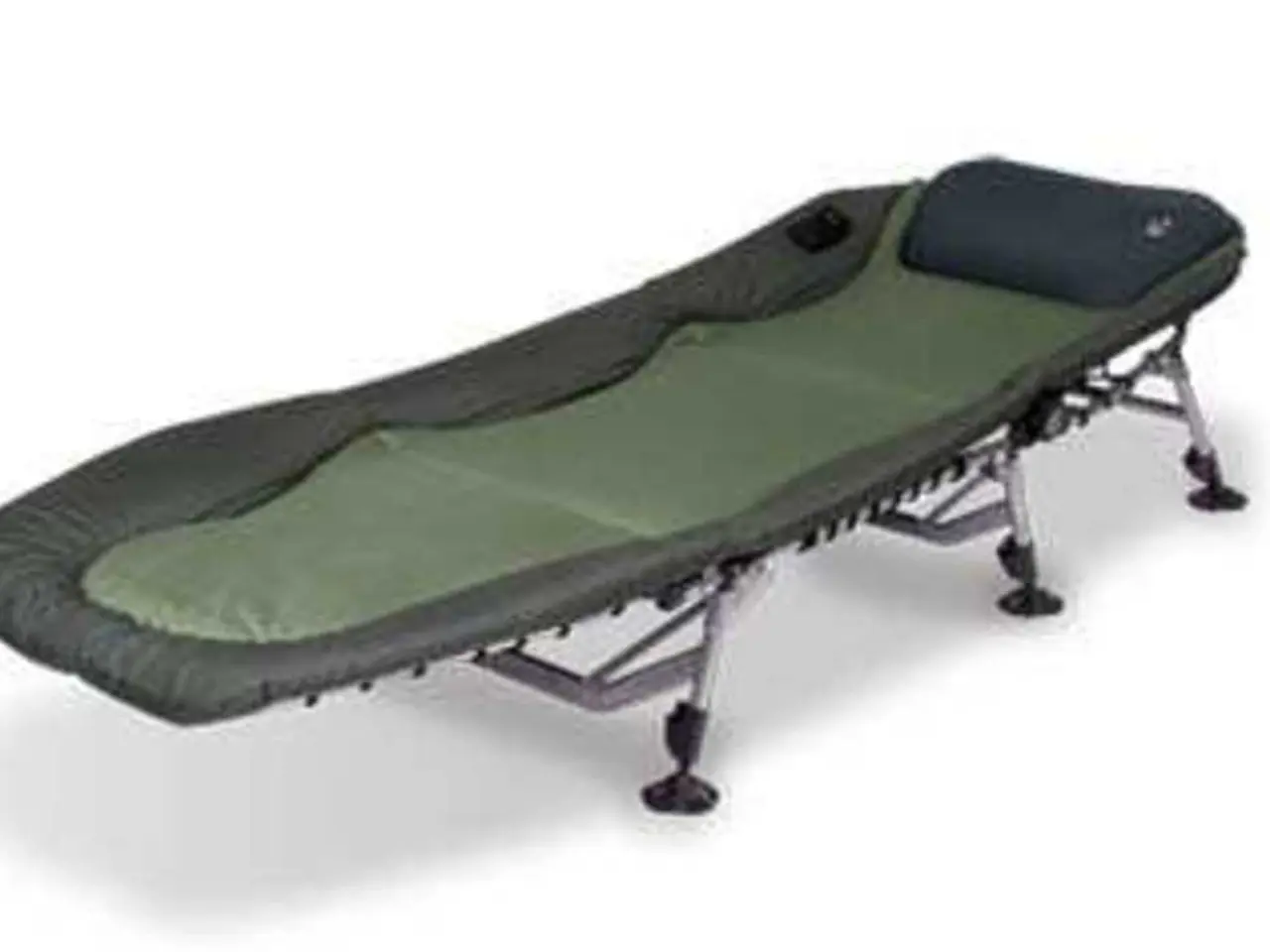Instructions for installing a dishwasher in 7 straightforward stages
Installing a Dishwasher: A Step-by-Step Guide for a Leak-Free and Convenient Kitchen
A dishwasher is an essential part of modern kitchen convenience, and its effectiveness starts with proper installation. Here's a comprehensive guide to help you plumb your dishwasher securely and efficiently.
1. Safety First
Before starting, shut off the electrical power and water supply to the dishwasher area to ensure safety.
2. Prepare the Plumbing Line
Remove any old plumbing lines. Use 1/2-inch flexible copper tubing for the water supply line from the dishwasher cabinet to the hot water valve under the sink. Cut the tubing to length using a tubing cutter.
3. Connect Water Supply to Hot Water Valve
Maneuver the copper tubing close to the hot-water valve and connect it using a compression nut (compression fitting). Tighten first by hand, then securely with a wrench. Use a tube-bending spring to shape the tubing as needed to avoid kinks or sharp bends.
4. Position Tubing and Electrical Cable
Locate channels at the bottom or side of the dishwasher designed for water and electrical lines. Measure and mark these positions in the cabinet, and shape the tubing and electrical cable accordingly so they run neatly and safely along the dishwasher’s sides or floor of the cabinet.
5. Install Dishwasher Drain Hose and Air Gap (If Required)
Connect the dishwasher drain hose securely to an air gap device, if your local code requires it, or directly to the garbage disposal/sink drain. Use hose clamps to secure the hoses, making sure to remove any knockout plugs in the disposal for proper drainage. Ensure the drain hose is cut to the proper length without kinks or slack to prevent leaks.
6. Secure Connections and Test
Tighten all connections without over-tightening to avoid damage. Run the dishwasher through a drain cycle to check for leaks at all plumbing connections and air gap.
Additional tips:
- Avoid using Teflon tape or pipe dope on compression fittings unless specifically recommended.
- Follow local electrical codes for installing the dishwasher outlet safely, positioning it properly and ensuring compliance with NEC 2020 standards.
- When connecting water lines, aim the connection towards the back of the dishwasher and avoid stripping threaded connections by careful quarter-turn tightening.
Once the plumbing is secure, plug in the dishwasher and run a quick test cycle to observe water flow and drainage, and to check for unusual sounds or signs of malfunction.
It is always wise to seek expert advice on whatever kitchen appliance you look to install. If you encounter any challenges or feel uncertain about the installation process, it's wise to call in a professional.
Some popular dishwashers on the market include the Hisense freestanding dishwasher with a 13 place setting capacity, and the Bosch dishwasher with a Heat Exchanger drying system that eliminates moisture with warmth, providing cupboard-ready glasses and cutlery. The Bush 12 place settings dishwasher also offers an Extra Dry function and a Half Load feature for conserving water and energy.
Knowing the difference between integrated dishwashers that blend seamlessly with cabinetry and freestanding models that offer more flexibility can help make an informed choice. Whichever you choose, following these essential tips for a successful installation will ensure a secure, leak-free plumbing installation for your dishwasher that complies with safety standards and allows for easy operation and maintenance.
- For an energy-efficient and convenient lifestyle at home, consider incorporating a loft design for your kitchen to maximize utility and storage space.
- A guide to designing your loft kitchen can help you plan the layout and choose the right appliances, such as an energy-saving dishwasher and sleek kitchen cabinets.
- In the planning phase, ensure your kitchen design includes a functional layout, adequate lighting, and adequate ventilation for a comfortable home-and-garden environment.
- During construction, make sure to include features like a large island for prep work and dining, benches with storage, and a separate laundry area to keep things organized.
- After completing the build, personalize your loft kitchen with thoughtful design touches, like open shelving, statement lighting, and artwork to reflect your unique lifestyle.




